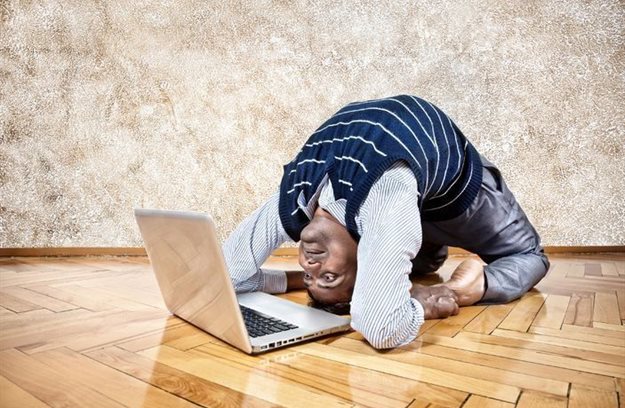
Top stories






More news










ESG & Sustainability
Why the future of climate change solutions hinges on Stem careers








Since the Covid-19 coronavirus outbreak, millions of desk-bound office workers have been forced to transition from working from their office to working from home. This trend is likely to continue well into the future, even after the pandemic is over. According to venture capitalist and former FNB head, Michael Jordaan, operations are unlikely return to normal after the lockdown, and working from home will become the new norm for many businesses.
During my recent communication with customers, friends and family, I have realised that many South Africans are struggling with body aches and pains and other medical problems as a result of their home-working environment. This is often because of either a lack of information on how to position oneself or not having the correct ergonomic equipment - or a combination of both factors. These incorrect working conditions are resulting in numerous medical conditions such as tension headaches, muscle spasms, neck and back pain, tennis elbow, carpal tunnel and other related MSD’s (muscular skeletal disorders) which often then require further medical intervention.
The term ‘ergonomics’ broadly means: adjusting the working environment or equipment to align with the individual’s natural body posture or position, so fitting your job to your body. For a desk-bound worker, this means tailoring not only your desk and computer equipment to your body dimensions, but your entire range of desk-bound working movement habits.
Posture refers to the position in which you hold your body upright against the forces of gravity while standing or sitting. The key to good posture is training your body to sit, stand and walk in positions where the least strain is placed on supporting muscles and ligaments during weight-bearing activities.
There are three common recommendations of work postures: standing, sitting, or sit-stand posture.
Alternating between sitting and standing is called sit-to-stand positioning. There's no doubt that sitting too much is very bad for your body and general health and standing all day also has its negatives. Sit-to-stand desks have become very popular. Studies show they can be highly beneficial for health and productivity. There are various options available ranging from free-standing motorised desks to simple on-desk units. It is recommended that you are well informed of all options ensuring that you find the best product to fit your body, your environment and your needs.
Changing positions, from the couch to your desk to the kitchen counter and then to working or watching movies in your bed is another reality of working from home. The changing of body position is healthier for one, but ensuring that your laptop or device is ergonomically positioned to correctly align your body posture, especially your head and neck position is crucial to prevent muscular skeletal conditions.